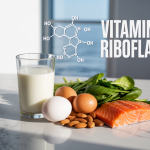Want to burn more calories and boost your metabolism? These 10 exercises for burning extra calories will help you torch fat faster and get better results from your workouts.
This guide is perfect for busy people who want maximum calorie burn, fitness enthusiasts looking to break through plateaus, and beginners who need effective exercises they can do anywhere. You don’t need expensive equipment or hours at the gym to see real results.
We’ll show you high-intensity cardio exercises that maximize your calorie burn in minimal time, plus bodyweight HIIT moves you can do in your living room. You’ll also discover how combining different types of exercises can keep your body burning calories long after your workout ends.
Ready to turn your body into a calorie-burning machine? Let’s jump in.
High-Intensity Cardio Exercises for Maximum Calorie Burn

Running and Sprinting for Ultimate Fat Burning
Running stands out as the most effective calorie-burning exercise per hour, making it the ultimate workout for fat burning while simultaneously improving flexibility and increasing endurance. The beauty of running lies in its simplicity – it requires no equipment and offers the convenience of being performed anywhere, whether on city streets, park trails, or treadmills.
The intensity principle applies directly to running: faster running burns significantly more calories per minute. For those operating under time constraints, high-intensity sprints provide a rapid calorie-burning solution. A highly effective approach involves performing 3 sets of 100-meter sprints within a 30-minute workout session, delivering maximum results in minimal time.
Safety remains paramount when incorporating sprinting into your routine. Always begin with a proper warm-up using exercises like jumping jacks or high-knee running to prepare your muscles and cardiovascular system for the intense demands ahead.
Stationary Bicycling with High-Intensity Intervals
Stationary bicycling with high-intensity intervals creates a powerful calorie-burning combination that can torch significant calories within just 30 minutes. The structured approach maximizes efficiency: begin with a 5-minute warm-up to prepare your body, then alternate between 1-minute speed intervals at 7-9 intensity level and 2-minute recovery intervals at 5-6 intensity level.
This interval training method leverages the principle of alternating stress and recovery, allowing you to maintain higher overall intensity throughout the workout while preventing early fatigue.
Swimming for Full-Body Calorie Torching
Swimming for 30 minutes casually burns approximately the same number of calories as jogging, but with a significant advantage – it places considerably less stress on your body. This makes swimming an ideal choice for individuals dealing with joint pain or limited mobility issues.
To amplify caloric burn during swimming sessions, incorporate structured activities like doing laps or participating in water aerobics. These approaches increase the intensity while maintaining the low-impact benefits that make swimming accessible to a broader range of fitness levels.
Jumping Rope for Compact Fat Burning
Jumping rope delivers a triple benefit: it rapidly increases heart rate, burns calories efficiently, and builds lower leg strength simultaneously. The compact nature of jump ropes makes them perfect for home workouts, especially when space is limited, as they’re easy to store and require minimal room for use.
This exercise provides exceptional value for those seeking maximum calorie burn in minimal space and time.
HIIT Bodyweight Exercises You Can Do Anywhere
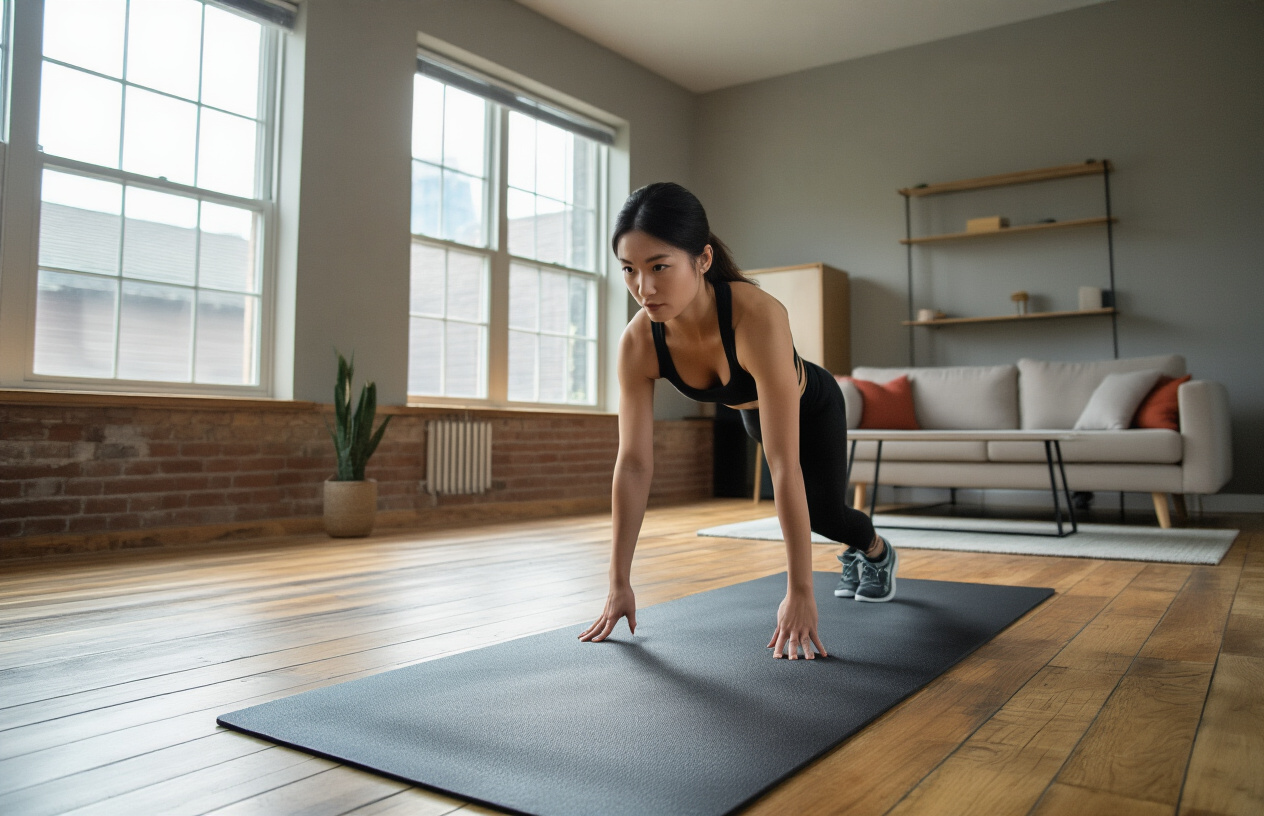
High-Knee Running for Quick Energy Depletion
High-knee running delivers an intense cardio workout that rapidly depletes energy stores while requiring minimal space. This exercise involves running in place while lifting your knees as high as possible toward your chest. The movement is complemented by quickly pumping your arms up and down in coordination with your leg movements. This combination creates a powerful cardiovascular challenge that can burn calories efficiently in a short time frame.
The effectiveness of high-knee running lies in its ability to engage multiple muscle groups simultaneously while maintaining an elevated heart rate. The explosive upward movement of each knee activates your hip flexors, quadriceps, and core muscles, while the rapid arm pumping engages your upper body. This full-body coordination makes it an excellent choice for those seeking maximum calorie burn without equipment.
Butt Kicks for Rapid Heart Rate Elevation
Butt kicks represent another highly effective bodyweight exercise that can quickly burn calories within a 30-minute high-intensity session. The technique involves lifting one heel toward your buttocks, then rapidly alternating to repeat the movement with the other heel. Throughout the exercise, maintain continuous arm pumping to maximize the cardiovascular benefit.
This exercise excels at rapidly elevating your heart rate due to its quick, repetitive nature. The constant alternation between legs creates a sustained cardio challenge that targets your hamstrings and glutes while engaging your cardiovascular system. The rapid heel-to-butt movement pattern requires significant energy expenditure, making it particularly effective for calorie burning.
Mountain Climbers for Full-Body Activation
Mountain climbers stand out as both a cardio exercise and comprehensive full-body workout capable of burning many calories quickly. Begin in a plank position with your hands planted firmly on the ground and your core engaged. Lift your right knee toward your chest, then quickly return to the plank position. Immediately repeat this movement with your left knee, maintaining a rapid alternation between legs.
The beauty of mountain climbers lies in their ability to combine cardiovascular conditioning with strength training. The plank position engages your core, shoulders, and arms, while the rapid knee-to-chest movements activate your hip flexors and provide the cardio component. This dual-action approach makes mountain climbers exceptionally efficient for calorie burning while building functional strength.
Jumping Jacks for Total Body Engagement
Jumping jacks serve as a fundamental cardio exercise that raises heart rate while delivering a comprehensive full-body workout. This versatile exercise requires limited space and proves easy to perform at home, making it accessible for virtually anyone. The execution is straightforward: stand with your feet together and arms at your sides, then jump while spreading your legs to shoulder-width apart and simultaneously lifting your arms over your head. Repeat this movement as necessary to maintain your desired intensity level.
The versatility of jumping jacks makes them suitable for various workout applications. They can be effectively incorporated into warm-up routines, integrated into HIIT workout sessions, or included in general exercise routines depending on the desired intensity level. This adaptability, combined with their total body engagement and heart rate elevation properties, makes jumping jacks an invaluable addition to any calorie-burning exercise regimen.
Low-Impact Activities That Still Burn Serious Calories

Walking for Sustainable Fat Loss
Walking stands out as the most accessible and convenient exercise for burning calories, making it an ideal choice for those seeking sustainable fat loss without the intensity of high-impact workouts. The beauty of walking lies in its extreme convenience – you can perform this exercise around your house or in your backyard without any special equipment or gym membership. This simplicity makes it particularly valuable for individuals recovering from injuries, as it provides a gentle yet effective way to maintain physical activity while the body heals.
The calorie-burning potential of walking can be significantly enhanced by incorporating household activities into your routine. Doing housework while walking around your home creates a compound effect that burns even more calories per minute than walking alone. This approach transforms mundane daily tasks into opportunities for sustained calorie expenditure, making it easier to maintain consistency in your fitness routine.
Aerobic Dance for Fun Calorie Burning
Previously, we’ve explored walking as a gentle approach to calorie burning, but aerobic dance offers an exciting alternative that combines entertainment with serious calorie expenditure. High-energy dance workouts like Zumba or Bokwa function as effective cardio exercises while maintaining an element of enjoyment that traditional workouts often lack.
These dance-based activities are specifically designed to raise your heart rate and maintain it in the optimal fat-burning zone. The rhythmic movements and continuous motion characteristic of aerobic dance create sustained calorie burn while engaging multiple muscle groups simultaneously. What sets aerobic dance apart from other forms of exercise is its ability to make participants forget they’re working out, leading to longer, more consistent workout sessions.
Swimming for Joint-Friendly Exercise
With this in mind, swimming emerges as the ultimate low-impact exercise for those who need maximum calorie burn with minimum stress on their body. This water-based activity causes significantly less stress on joints, muscles, and connective tissues compared to land-based exercises, making it an appropriate choice for people with joint pain or limited mobility.
The buoyancy of water supports your body weight while providing natural resistance against every movement, creating an environment where serious calories can be burned without the jarring impact associated with running or jumping exercises. Swimming engages virtually every major muscle group while maintaining a cardiovascular component that elevates heart rate and promotes fat burning throughout the entire workout session.
Factors That Maximize Your Calorie Burning Potential
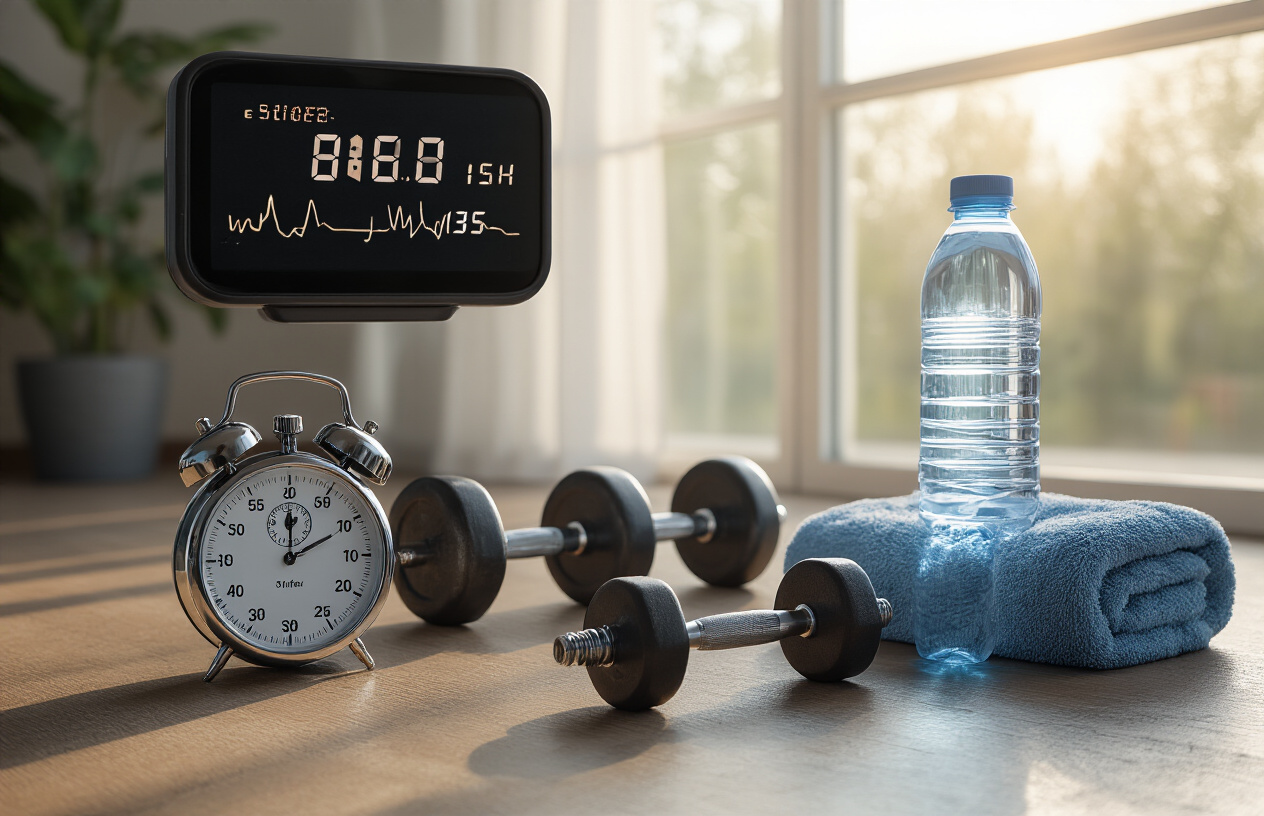
Exercise Duration and Intensity Impact
The relationship between exercise duration and intensity plays a crucial role in determining your total calorie expenditure. Your exact calorie burn depends on factors like intensity and duration, making these two elements the primary drivers of metabolic output during physical activity. Focusing on high-intensity workouts that quickly increase your heart rate is key to burning many calories, as these exercises demand more energy from your body’s systems.
When examining intensity specifically, high-intensity interval training (HIIT) stands out as an exceptionally effective approach. HIIT involves short bursts of exercise at more than 70 percent of aerobic capacity, which can result in burning many calories in 30 minutes or less. This method demonstrates how intensity can compensate for shorter duration, allowing you to maximize calorie burn even when time is limited.
The pace at which you perform exercises also significantly influences your metabolic output. Calorie burn depends on exercise duration, pace, and intensity working together synergistically. By maintaining a challenging pace throughout your workout, you ensure consistent energy expenditure while maximizing the efficiency of your exercise time.
Body Weight and Height Considerations
Body weight and height are significant factors in calorie burn that directly impact your metabolic output during physical activity. Generally, the more you weigh, the more calories you will burn during physical activity. This occurs because larger bodies require more energy to move through space and maintain bodily functions during exercise.
Understanding these physiological factors helps explain why calorie burn varies significantly between individuals performing identical exercises. Your body composition and size create a baseline metabolic demand that influences how much energy you expend during any given workout. This knowledge allows you to set realistic expectations for your calorie-burning goals and understand why your results may differ from others following the same exercise routine.
Proper Warm-Up and Cool-Down Protocols
Previously, we’ve established how intensity and body composition affect calorie burn, but proper exercise protocols are equally important for maximizing your workout effectiveness. Always warm up before cardio to increase body temperature and blood flow, preparing the body for exercise and reducing injury risk. This preparation phase ensures your body can handle the increased demands of high-intensity exercise safely.
The warm-up process gradually elevates your heart rate and activates the muscle groups you’ll be using, creating optimal conditions for calorie burning. With this foundation established, your body can more efficiently transition into higher intensity levels where maximum calorie expenditure occurs.
Cooling down is important to allow your heart rate to gradually decrease, preventing feelings of sickness or passing out. This recovery phase helps your body transition back to its resting state while maintaining the metabolic benefits you’ve achieved during your workout. Proper cool-down protocols ensure you can consistently maintain high-intensity exercise routines without experiencing negative side effects that could derail your fitness progress.
Combining Cardio and Strength Training for Optimal Results
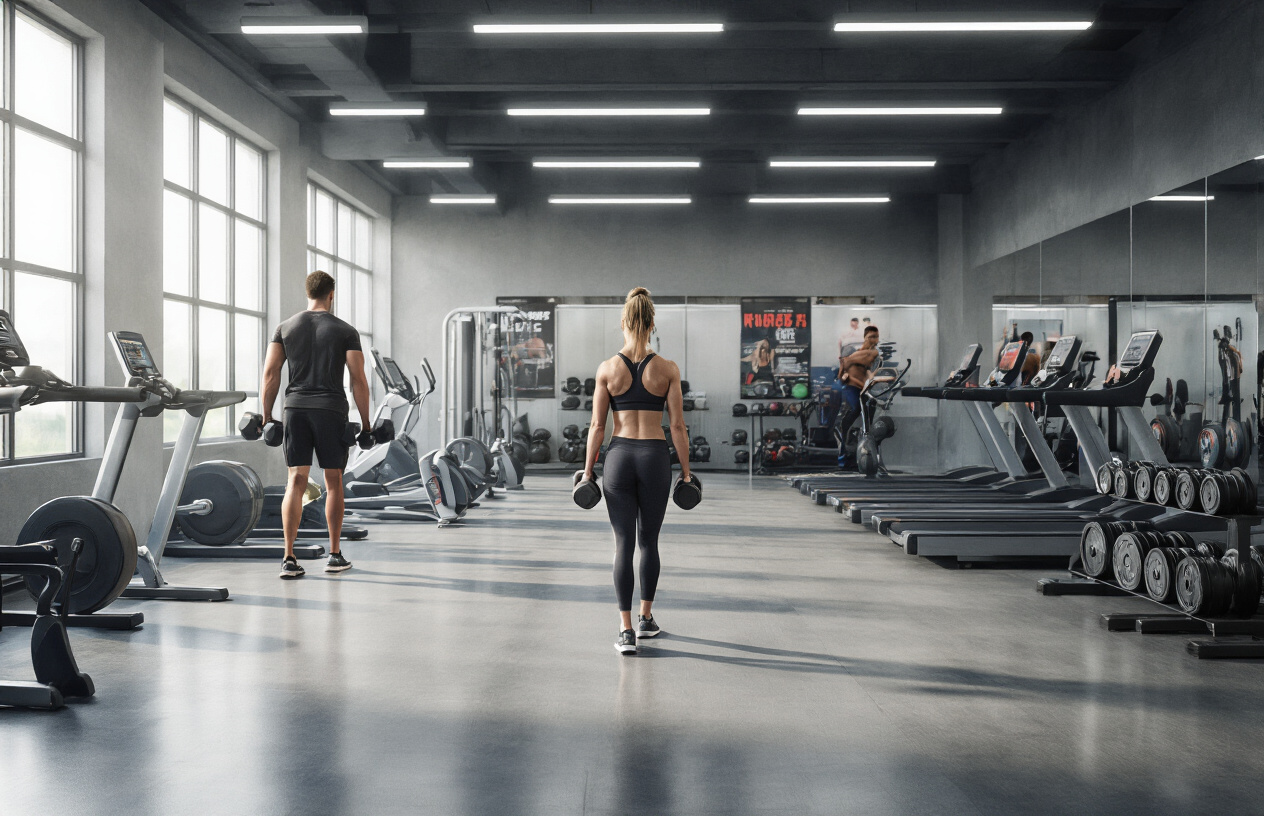
Benefits of Cardio for Immediate Calorie Burn
Cardiovascular exercise stands out as the most effective approach for burning calories during your actual workout session. When you engage in cardio activities, your body immediately increases its energy expenditure, creating a direct and measurable calorie burn that occurs in real-time. This immediate metabolic response makes cardio an excellent choice for those looking to maximize their calorie expenditure within a specific timeframe.
The beauty of cardio lies in its ability to elevate your heart rate and maintain that elevated state throughout your exercise session. This sustained elevation translates directly into higher calorie consumption, as your body works harder to supply oxygen and energy to your working muscles. Whether you’re running, cycling, or performing any other cardiovascular activity, you’ll typically see higher calorie burn numbers on your fitness tracker compared to other forms of exercise performed for the same duration.
Weight Training for Long-Term Metabolic Boost
Now that we’ve covered the immediate benefits of cardio, weight training offers a completely different but equally valuable approach to calorie burning through long-term metabolic enhancement. The primary advantage of weight training lies in its ability to increase muscle mass over time, which fundamentally changes your body’s calorie-burning capacity.
Muscle tissue is metabolically active, meaning it burns more calories than fat tissue even when you’re at rest. This creates what fitness experts call the “afterburn effect” – your body continues to burn additional calories long after your weight training session has ended. As you build more lean muscle mass through consistent strength training, your resting metabolic rate increases, allowing you to burn more calories throughout the day, even during periods of inactivity.
This long-term metabolic boost represents a significant advantage that compounds over time, making weight training an investment in your body’s future calorie-burning potential.
Creating a Balanced Routine for Maximum Effect
With this understanding of both cardio and weight training benefits in mind, creating a balanced fitness regimen that incorporates both elements becomes essential for maximizing your overall calorie burn. A well-designed program that includes both cardiovascular exercise and strength training will optimize your calorie expenditure both during workouts and throughout your daily life.
The synergistic effect of combining these two training modalities creates a comprehensive approach to calorie burning that addresses both immediate and long-term goals. While cardio provides the instant gratification of high calorie burn during exercise, weight training builds the foundation for sustained metabolic enhancement that continues working in your favor 24/7.
This balanced approach ensures you’re not leaving any calorie-burning potential on the table, creating the most effective strategy for maximizing your individual calorie burn across all aspects of your fitness journey.
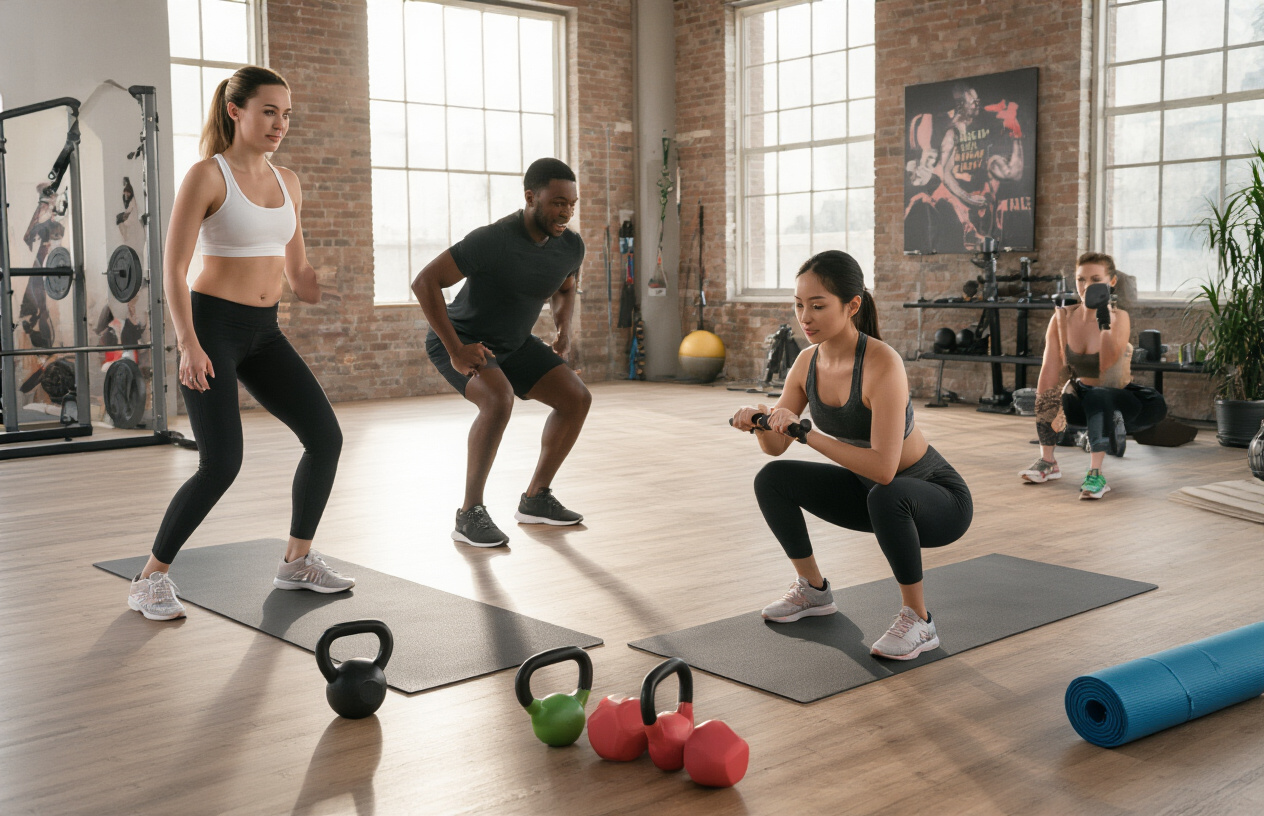
Burning extra calories doesn’t require expensive gym memberships or complicated equipment. From high-intensity cardio workouts and HIIT bodyweight exercises to low-impact activities like swimming and walking, there are numerous ways to boost your calorie burn regardless of your fitness level or available space. The key is finding exercises that elevate your heart rate while incorporating both cardio and strength training for maximum results.
Remember, the number of calories you burn depends on factors like exercise intensity, duration, and your individual body composition. Start with simple movements and gradually increase intensity as your fitness improves. Before beginning any new exercise routine, consult with your doctor to ensure the activities align with your current health status. With consistency and the right combination of these calorie-burning exercises, you’ll be well on your way to achieving your fitness goals while building a sustainable, enjoyable workout routine.


